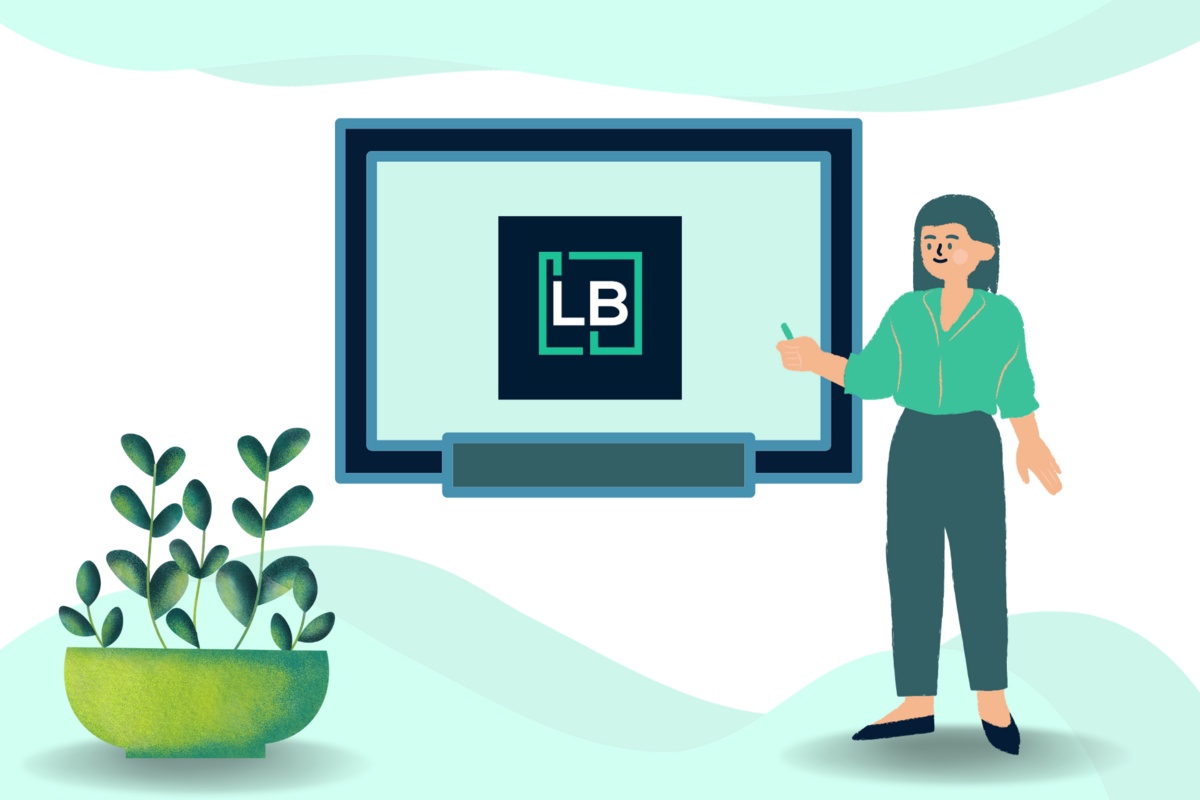In this evolving landscape of education and corporate training, Learning Management Systems have emerged as transformative tools. Integrating an LMS into your organization can streamline training processes, enhance employee development, and contribute to overall efficiency. In this comprehensive guide, we will delve into the key aspects of Learning Management System integration, providing insights and actionable steps for organizations seeking to harness the full potential of these powerful platforms.
Understanding Learning Management Systems
Before diving into the integration process, it's crucial to understand what Learning Management Systems entail. LMS is a software application designed to administer, track, and deliver educational content or employee training programs. These systems centralize learning materials, making it easier for organizations to manage and track the progress of learners. Whether in a corporate setting or an educational institution, an LMS serves as a hub for learning activities, fostering a more organized and efficient approach to training.
Why Integrate an LMS?
1. Centralized Learning Management
LMS integration provides a centralized platform for managing all aspects of learning. This includes course creation, content delivery, assessment tracking, and reporting. Centralization reduces administrative burden, minimizes redundancy, and ensures consistency in training materials.
2. Enhanced Accessibility
Integrating an LMS facilitates anytime, anywhere learning. With the rise of remote and flexible work environments, providing access to learning materials from various devices ensures that employees or learners can engage with the content at their convenience.
3. Personalized Learning Paths
LMS platforms enable the creation of personalized learning paths. This means tailoring content based on individual needs, allowing learners to progress at their own pace. Personalization enhances engagement and knowledge retention.
4. Efficient Tracking and Reporting
One of the primary benefits of LMS integration is the ability to track learner progress and generate detailed reports. This data-driven approach enables organizations to assess the effectiveness of training programs, identify areas for improvement, and ensure compliance with regulatory requirements.
5. Scalability and Flexibility
LMS integration accommodates organizational growth. Whether you are a small business or a large enterprise, these systems are scalable, adapting to the changing needs of your workforce. Additionally, LMS platforms can support various types of content, from traditional courses to multimedia-rich materials.
Steps to Learning Management System Integration
1: Define Your Objectives
Clearly outline the goals you aim to achieve through LMS integration. Whether it's improving employee performance, enhancing compliance training, or fostering a culture of continuous learning, understanding your objectives will guide the integration process.
2: Select the Right LMS
Choosing the appropriate LMS is a critical decision. Consider factors such as user interface, scalability, features, support, and budget. The selected LMS should align with your organization's unique needs and goals.
3: Assess Technical Compatibility
Ensure that the chosen LMS integrates seamlessly with your existing technology infrastructure. Assess compatibility with your existing software, databases, and other tools to avoid potential technical challenges during integration.
4: Content Migration and Creation
If transitioning from another system, plan the migration of existing content to the new LMS. Additionally, create new content or adapt existing materials to align with the capabilities of the chosen LMS. Content should be engaging, relevant, and aligned with the learning objectives.
5: User Training
Train administrators, instructors, and users on how to navigate and utilize the LMS effectively. A well-trained user base ensures optimal utilization of the platform and a smoother integration experience.
6: Pilot Testing
Before full-scale implementation, conduct pilot testing with a small group of users. This phase allows for the identification of any potential issues, user feedback, and necessary adjustments before rolling out the LMS to the entire organization.
7: Full-Scale Implementation
Once pilot testing is successful, proceed with the full-scale implementation of the LMS. Communicate the changes to the entire organization, provide necessary support, and monitor the system's performance.
8: Continuous Evaluation and Improvement
Regularly evaluate the effectiveness of the LMS in meeting your objectives. Gather feedback from users, analyze usage data, and make adjustments as needed. The integration process is not a one-time event but an ongoing commitment to improvement.
Overcoming Integration Challenges
While the benefits of LMS integration are substantial, challenges may arise during the process. Common challenges include resistance to change, data migration issues, and technical hiccups. To overcome these challenges, communication, thorough planning, and a responsive support system are crucial.
Future Trends in LMS
As technology continues to advance, the future of LMS integration holds exciting possibilities. Predictive analytics, artificial intelligence-driven personalization, and enhanced mobile capabilities are among the trends that will shape the next phase of LMS development and integration
Conclusion
Learning Management System integration is a strategic move that can revolutionize how organizations approach training and education. By centralizing learning, personalizing experiences, and leveraging data for continuous improvement, LMS platforms like Learn Brands LMS become catalysts for positive change. As organizations navigate the ever-evolving landscape of work and education, embracing the potential of Learning Management Systems is not just an upgrade it's a strategic investment in the future of learning and development.


No comments yet